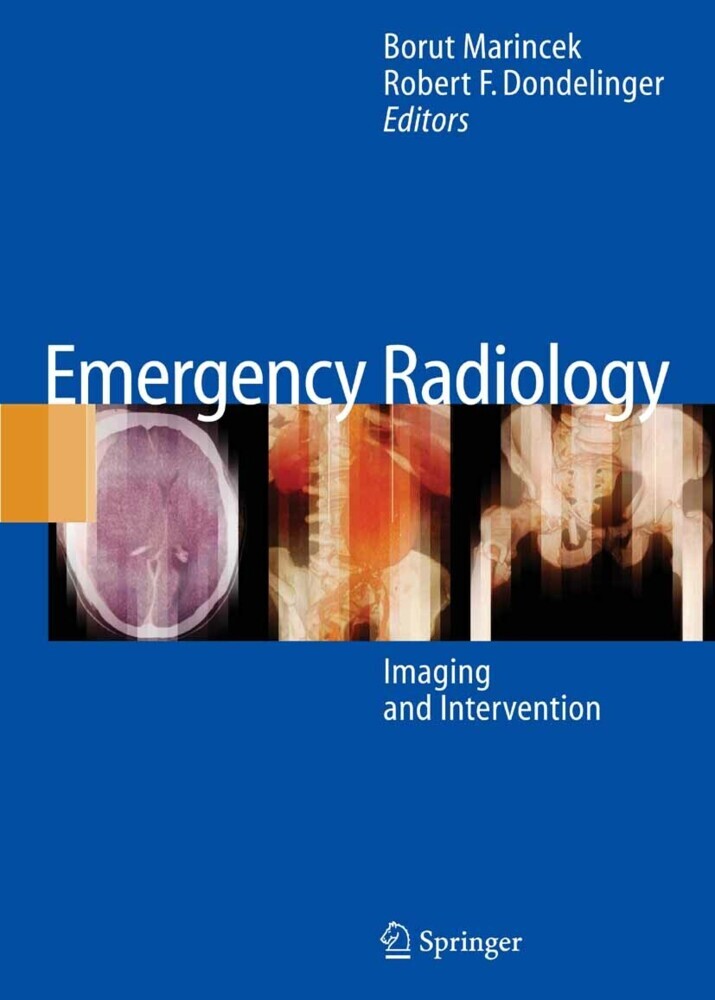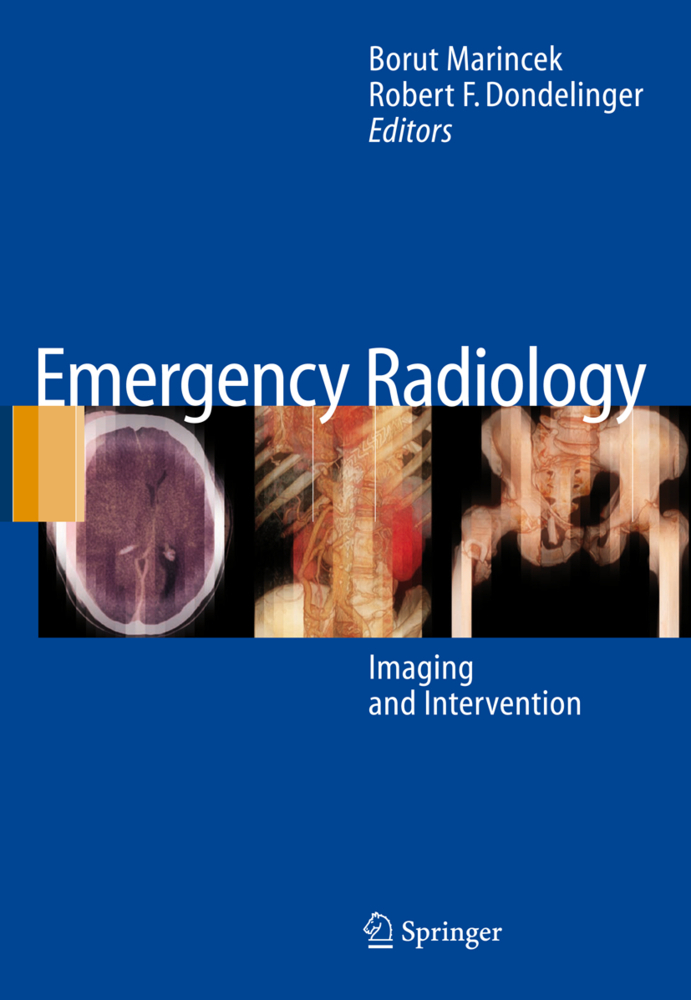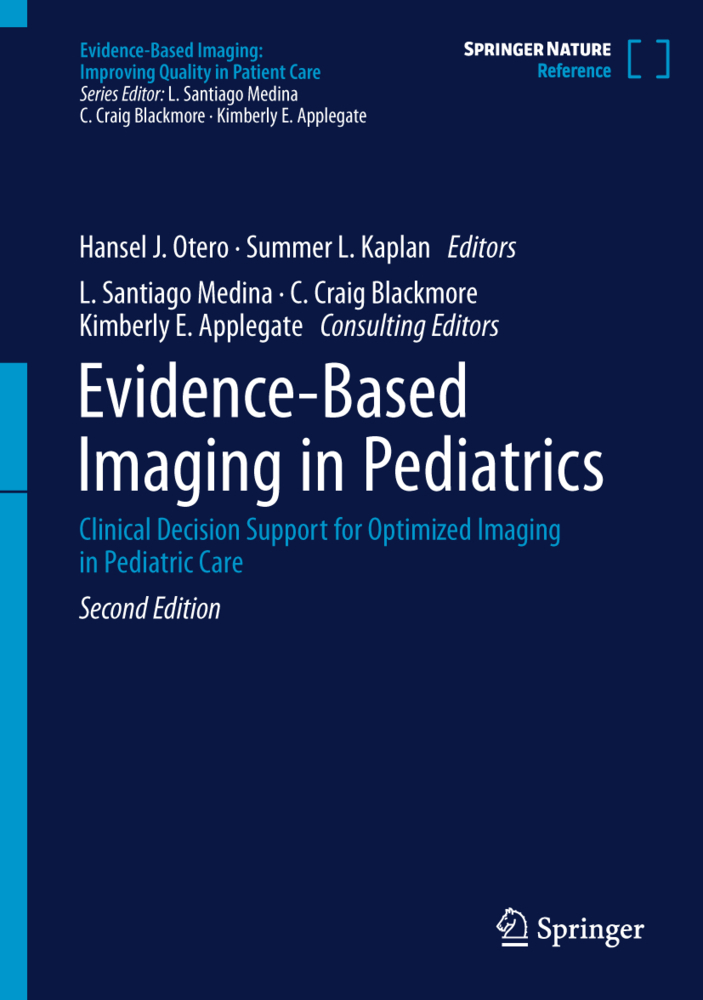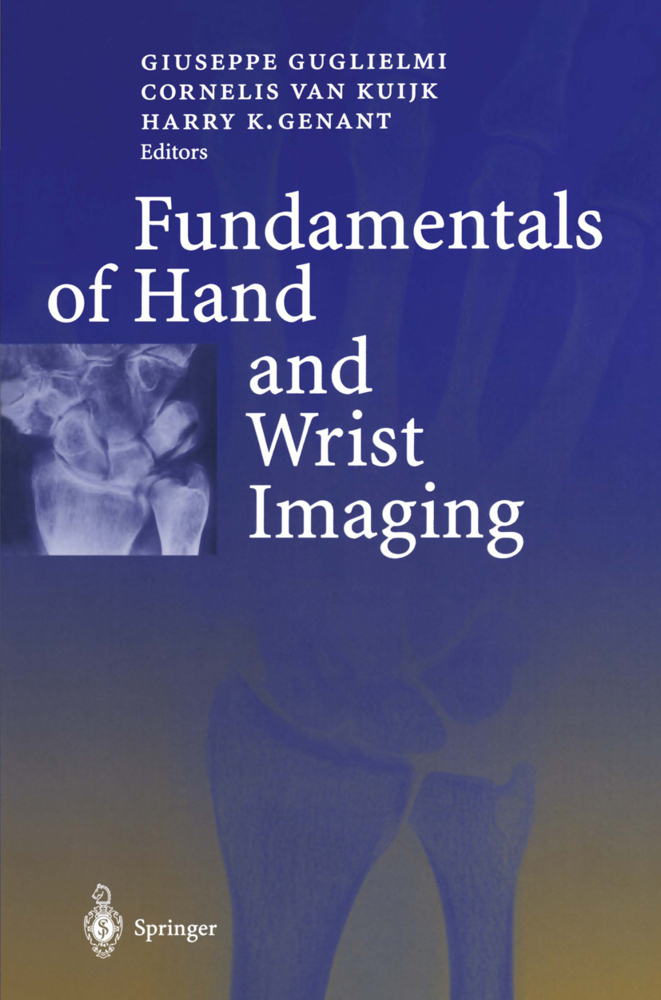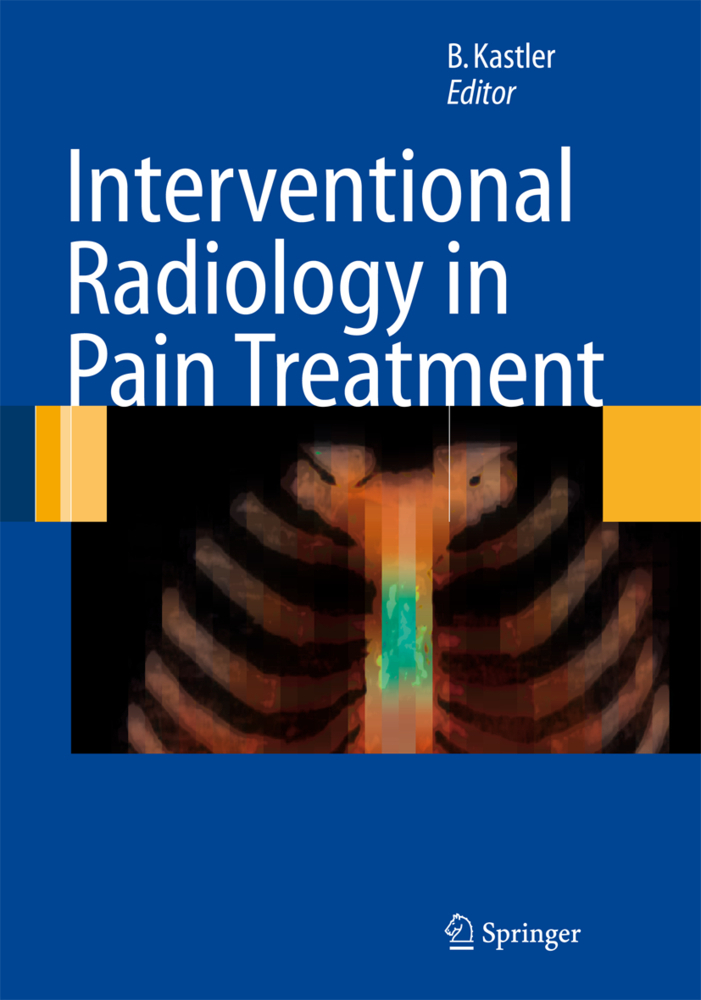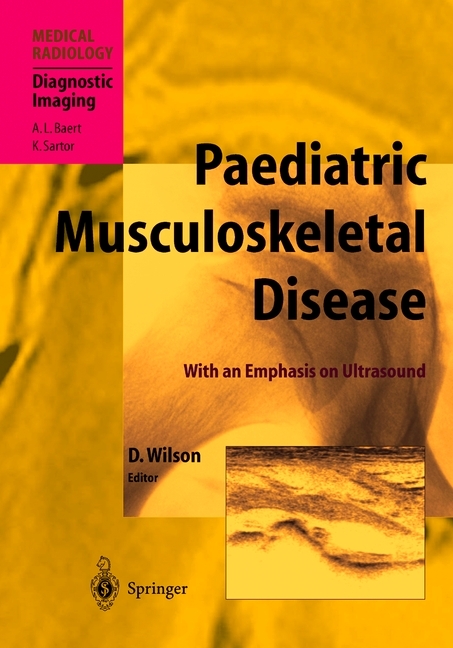Emergency Radiology
Imaging and Intervention
Why write a book on emergency radiology? In many coun- decline. There is an increasing trend towards the use of tries, hospital emergency departments have become a MDCT to evaluate traumatic injuries and non-traumatic major part of the healthcare safety net. In the last decade emergencies. The use of workstations for reporting and for economically-driven structural changes in health care further image reconstruction becomes standard practice. delivery have caused a dramatic increase in emergency On the occasion of the European Congress of Radiology department visits. In response to capacity and staffing (ECR) 2003 and 2004 a Categorical Course on "Emergency pressures, hospitals are developing and implementing a Radiology"has been organized to assess current devel- variety of strategies designed to improve patient flow and ments and concepts in this rapidly growing field. reduce overcrowding in the emergency department. Numerous radiologists,all outstanding and international- Several factors are considered critical for success, such as ly renowned experts in their field,have made superb c- having the right multidisciplinary teams in place and opti- tributions in an ECR syllabus. These authors have now mizing the use of imaging tests. For a critical care physi- made a second effort and updated their contributions for cian it is paramount to obtain the images quickly and for this book. The chapters in the book mirror the topics p- them to be interpreted accurately. sented in the ECR course, encompassing imaging ap- To accomplish this, the emergency radiology division proaches as well as interventional aspects.
Imaging of Head Injuries
Imaging of Facial Injuries,- Imaging of Spinal Injuries
Imaging of Thoracic Injuries,- Vascular Injuries of the Thorax: Multi-Detector Row CT and 3D Imaging
Imaging of Abdominal and Pelvic Injuries.-Imaging and Intervention of Large Arterial Trauma
Imaging of Pelvic Fractures.-Imaging of Peripheral Musculoskeletal Injuries.-Non-Traumatic Neurologic Emergencies: Imaging and Intervention: Imaging of Cerebral Ischemia.-Neuroradiological Emergency Inteventions
Non-Traumatic Thoracic Emergencies: Imaging and Intervention: Acute Abdominal pain: Diagnostic Strategies
Imaging of Acute Intestinal Obstruction
Imaging and Intervention in Gastrointestinal Hemorrhage and Ischemia.-Imaging and Intervention in Sepsis.-Imaging and Intevention in Acute Biliary Conditions.-Imaging and Interbention in Acute Pancreatic Conditions.-Imaging and Intervention in Acute Urinary Conditions
Non-Traumatic Vascular Emergencies: Imaging and Intervention: Imaging and Intervention in Acute Arterial Conditions
Imaging and Intervention in Acute Venous Occlusion
Management of Occluded Hemodialysis Shunts and Venous Access
Imaging Pediatric Emergencies: Neurological Emergencies
Thoracic Emergencies.-Non-Traumatic Abdominal Emergencies.
Emergency Radiology: Role of Imaging: Role of Imaging in the Management of the Polytrauma Victim
Role of 3D Imgaging in the Emergency Room.Traumatic Injuries: Imaging and Intervention: Radiological Hemostatic Intervention at Admission.-Imaging and Intervention in Post-Traumatic Complications (Delayed Intervention)Imaging of Head Injuries
Imaging of Facial Injuries,- Imaging of Spinal Injuries
Imaging of Thoracic Injuries,- Vascular Injuries of the Thorax: Multi-Detector Row CT and 3D Imaging
Imaging of Abdominal and Pelvic Injuries.-Imaging and Intervention of Large Arterial Trauma
Imaging of Pelvic Fractures.-Imaging of Peripheral Musculoskeletal Injuries.-Non-Traumatic Neurologic Emergencies: Imaging and Intervention: Imaging of Cerebral Ischemia.-Neuroradiological Emergency Inteventions
Non-Traumatic Thoracic Emergencies: Imaging and Intervention: Acute Abdominal pain: Diagnostic Strategies
Imaging of Acute Intestinal Obstruction
Imaging and Intervention in Gastrointestinal Hemorrhage and Ischemia.-Imaging and Intervention in Sepsis.-Imaging and Intevention in Acute Biliary Conditions.-Imaging and Interbention in Acute Pancreatic Conditions.-Imaging and Intervention in Acute Urinary Conditions
Non-Traumatic Vascular Emergencies: Imaging and Intervention: Imaging and Intervention in Acute Arterial Conditions
Imaging and Intervention in Acute Venous Occlusion
Management of Occluded Hemodialysis Shunts and Venous Access
Imaging Pediatric Emergencies: Neurological Emergencies
Thoracic Emergencies.-Non-Traumatic Abdominal Emergencies.
Marincek, Borut
Dondelinger, Robert F.
| ISBN | 9783540689089 |
|---|---|
| Article number | 9783540689089 |
| Media type | eBook - PDF |
| Edition number | 2. Aufl. |
| Copyright year | 2007 |
| Publisher | Springer-Verlag |
| Length | 650 pages |
| Language | English |
| Copy protection | Digital watermarking |

